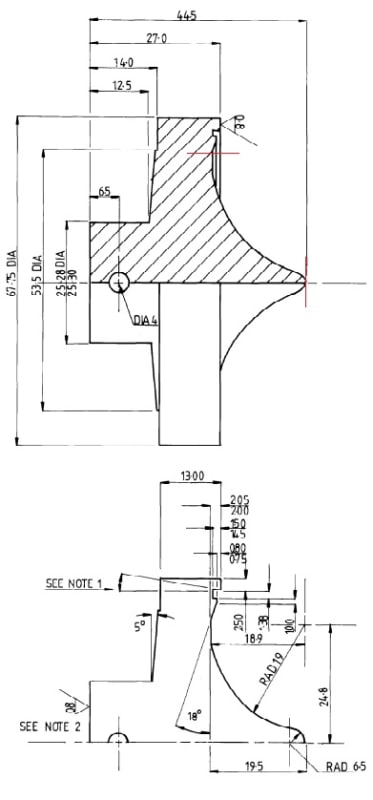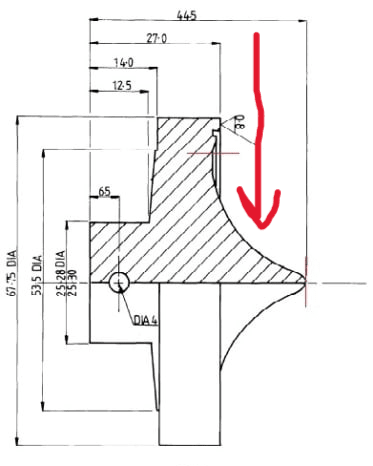ReubixSmooth30
Mechanical
- Jul 31, 2024
- 6
I am trying to find the area of the curved surface of the safety valve disc shown below (the area between the red lines). Is there a formula for this? I know from the manufacturer that the area is approximately 3372 mm^2, but I am not sure how they got this. Thanks!



